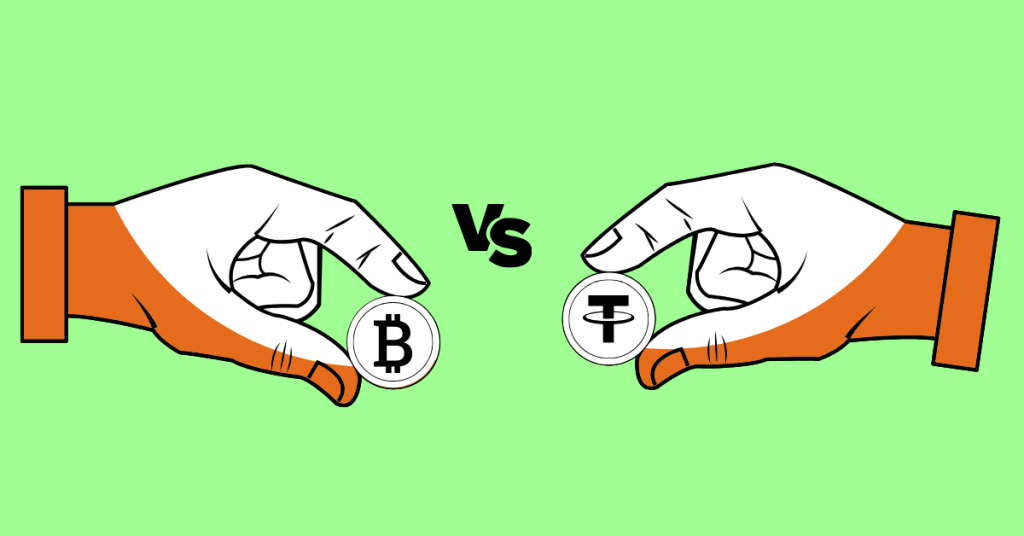
The post Creating Crypto Currency: Token vs Coin appeared first on Coinpedia Fintech News
Introduction
Cryptocurrencies are digital or virtual currencies that use cryptography to stay secure. Unlike regular money governments issue (fiat currencies), cryptocurrencies run on blockchain—a decentralized ledger that a network of computers (nodes) maintains to ensure transparency and stop double-spending.
Why Does Knowing the Difference Between Tokens and Coins Matter to Blockchain Developers?
For blockchain developers, knowing the difference between tokens and coins has a significant impact on how they design blockchain projects. Understanding the details helps them pick the right type of digital asset for a specific use case making sure it works well, stays secure, and people want to use it.
Section 1: Basics of Cryptocurrency
What is a Cryptocurrency?
Cryptocurrency is a digital currency that follows cryptographic techniques to secure transactions and control the new units.
Components:
- Blockchain: Blockchain is a distributed database that records all the transactions across the network.
- Consensus Mechanism: Consensus mechanisms are the set of rules that are followed by all the nodes on the state of the blockchain.
Section 2: Coins
Definition of Coins
Coin is a type of cryptocurrency that operates on its own blockchain. Examples are Bitcoin (BTC) and Ethereum (ETH).
Features of Coins
Native Blockchain: Native blockchain is an independent local blockchain of the coins.
Examples of Use Cases: Digital currency (Bitcoin) and smart contract execution (Ethereum)
How Coins Are Created
Steps Involved:
- Design and Conceptualization: Outline the coin’s purpose and features. This involves describing its intended application total supply, and how it will be distributed.
- Blockchain Selection: Decide whether to create a new blockchain or use an existing one. For instance, Bitcoin and Ethereum run on their own blockchains, while some projects might split off from an existing blockchain.
- Development: Build the coin’s protocol, which includes the consensus mechanism (like Proof of Work or Proof of Stake), and set up nodes.
- Testing: Check the coin’s functionality and security through a series of trials on a test network.
- Deployment: Release the coin on the blockchain allowing it to be used for transactions.
- Promotion and Adoption: Put into action plans to boost user uptake, like marketing drives and team-ups.
Technical Requirements:
- Knowledge of blockchain technology
- Proficiency in coding and known languages like C++ and Python.
Section 3: Tokens
Definition of Tokens
A token stands as a digital asset built on a pre-existing blockchain framework. In contrast to coins that get their very own blockchains, tokens ride on the established rails of a blockchain that’s already up and running. You’ve got stuff like “ERC-20” tokens hanging out on Ethereum and “BEP-20” tokens calling Binance Smart Chain home.
- Features of Tokens
- Built on Existing Blockchains: Tokens are built on top of existing blockchain platforms utilising their security and ad technology.
- Examples of Use Cases:
Utility Tokens: Provide access to a service or a product that is within the blockchain domain.
Security Tokens: These are the representation of ownership such as shares in a company etc, and these tokens are subjected to security regulations.
How Tokens are Created
Steps Involved:
- Define the Token: Figure out the goal, features, and tech specs of your token. Decide if you’re making a utility token, security token, or some other kind.
- Choose a Blockchain Platform: Choose a blockchain maybe Ethereum or Binance Smart Chain, that lets you make tokens. Base your choice on stuff like how much you’ll pay per transaction how fast it is, and how big the community is.
- Develop the Smart Contract: Get into coding the smart contract that’ll control your token. You need to use languages for smart contracts, like Solidity, for programming how your token will work.
- Testing: Make sure to run the smart contract on a testnet to double-check its security and proper operation. Gotta catch and squash all those pesky bugs or security issues.
- Deployment: Time to launch the smart contract on the mainnet so everyone can start using the token. Now it’s ready for all sorts of transactions and app integrations.
- Distribution: Get creative with ways to hand out and keep track of the token. You might go with ICOs free token drops, or different plans to get tokens into the hands of the people.
Technical Requirements:
- Familiarity with the various blockchains and their smart contract languages
- Hands-on experience with development environments
Section 4: Key Differences Between Tokens and Coins
Let’s have a look at the differences between Tokens and Coins:
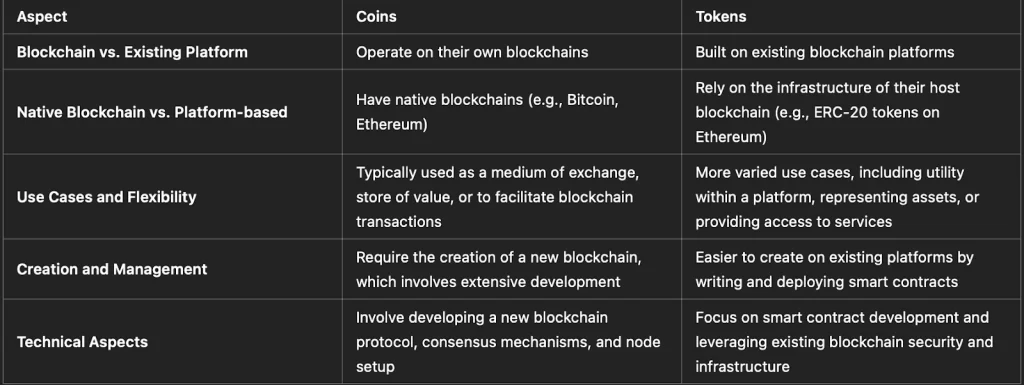
Section 5: When to Use Tokens vs. Coins
Choosing the Right Option
While creating a Token or coin there are several factors that need to be considered:

Case Studies
Tokens:
Basic Attention Token (BAT): In the Brave browser’s world, BAT rewards folks for checking out ads. This ERC-20 token took advantage of Ethereum’s setup making it faster and cheaper to get off the ground.
Chainlink (LINK): LINK’s another ERC-20 token, but it’s all about giving a little something to the data peeps (oracles) in the Chainlink oracle network that’s spread out all over.
Coins:
Bitcoin (BTC): The ancestor of them all Bitcoin, hit the scene as the original cryptocurrency for sending cash from A to B, no middleman. It’s got its very own blockchain and people use it to keep their wealth or buy stuff.
Ethereum (ETH): Ethereum goes beyond a mere digital currency; it serves as a foundation for independent apps (DApps) and has ETH as its built-in currency, fueling transfers and smart contracts on its blockchain network.
Section 6: Practical Considerations
Development Tools and Platforms
Tools for Creating Coins:
- Blockchain Platforms: You can use stuff like Hyperledger Fabric and Tendermint if you want to build cool new blockchains for your coins.
- Geth & Parity: These are like playgrounds if you’re looking to craft coins that’ll run on Ethereum.
- Coding Languages: If you’re into blockchain crafting, you’ll be using code like C++, Python, and Go.
Platforms for Creating Tokens:
- Ethereum: It’s the go-to spot for making tokens, packed with lots of stuff for developers and a big community.
- Binance Smart Chain: This one’s got cheaper costs for moving stuff around and does it quicker so lots of folks pick it for their tokens.
- Polkadot: Polkadot stands out for allowing users to make advanced tokens that work across different chains due to its traits for linking and expanding.
- Solana: Solana shines as a blockchain that can handle loads of activity while keeping costs down. It’s great for building tokens that need to handle tons of transactions.
Challenges and Considerations
- Security: Making sure hackers can’t mess with your coin or token is super important. With tokens, one bad smart contract, like those with reentrancy glitches, might cost you heaps. For coins, you gotta be sure that the system confirming all the blockchain transactions is solid.
- Compliance: The rules for what’s okay with tokens shift depending on where you are for the ones that are like stocks. You need to get the scoop on these laws and follow ’em to stay out of hot water.
- Scalability: When your thing starts to blow up, you need your blockchain or whatever’s holding your token to deal with way more transactions without crashing and burning.
- Community Support: Talking about tokens here, but having a bunch of people and devs rooting for you on the platform you picked can make or break what you’re doing
Conclusion
Before we conclude let’s summarize all that we have seen in this article. Cryptocurrencies are digital assets that use blockchain technology. Coins run on their own blockchains, while tokens build on existing ones. Knowing how tokens differ from coins helps in creating the right digital asset for specific needs. The digital asset scene keeps changing, with new tech and rules shaping what’s next. Dive deeper and begin your own blockchain projects. Use what you know about tokens and coins to create new ideas. Happy Coding!!
Also Check Out : Build Your Own Blockchain: A Step-by-Step Guide for Beginners

 2 months ago
28
2 months ago
28

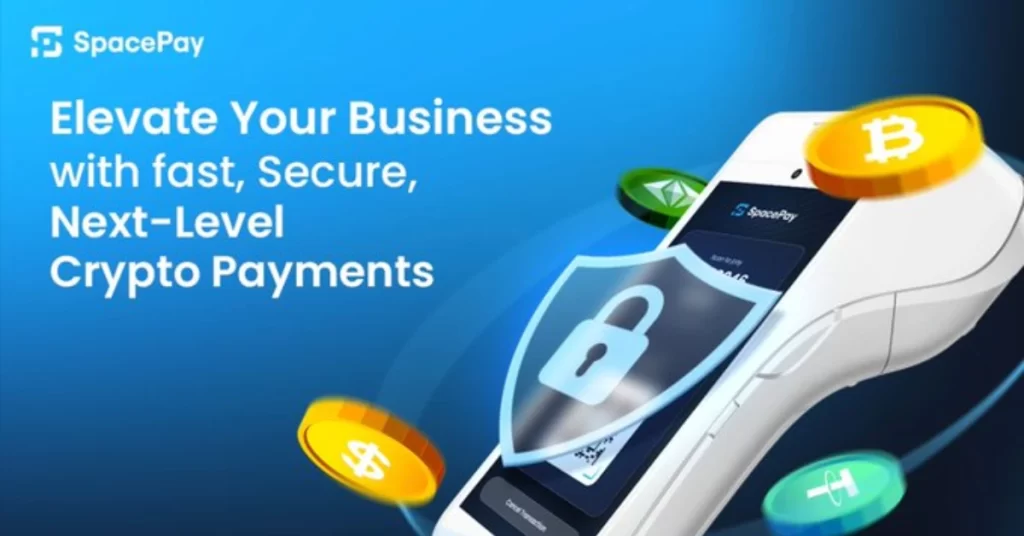
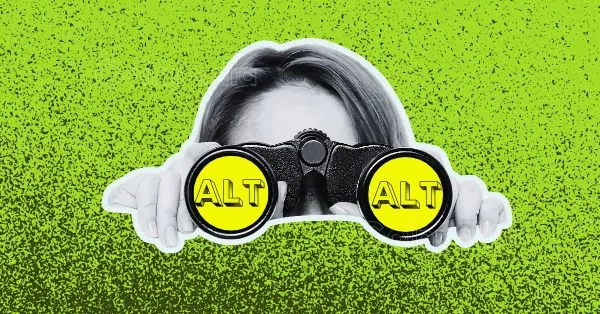
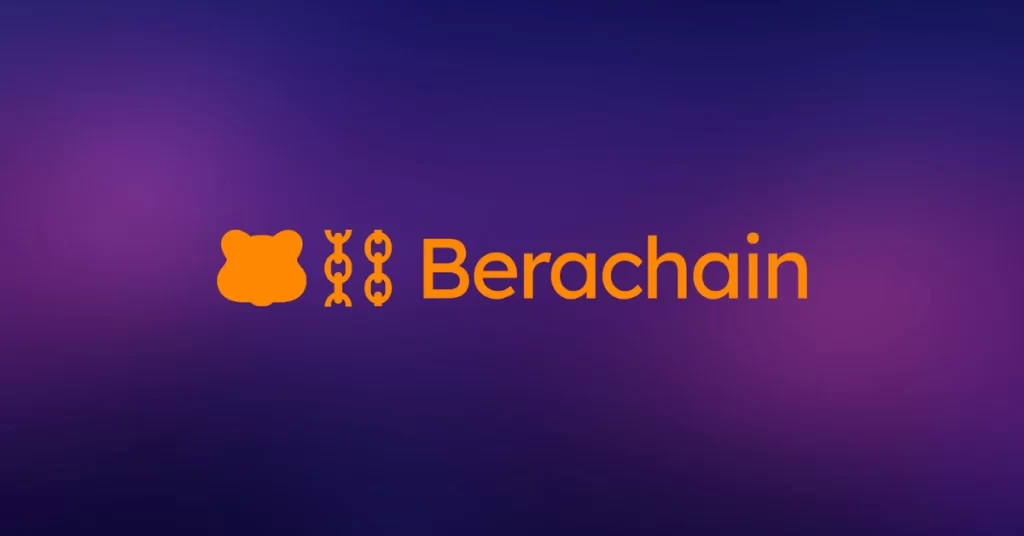

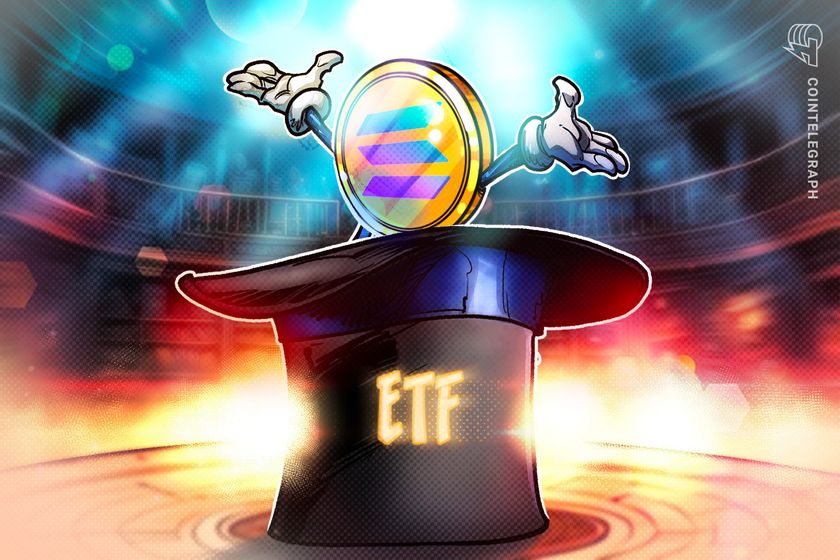



 English (US) ·
English (US) ·